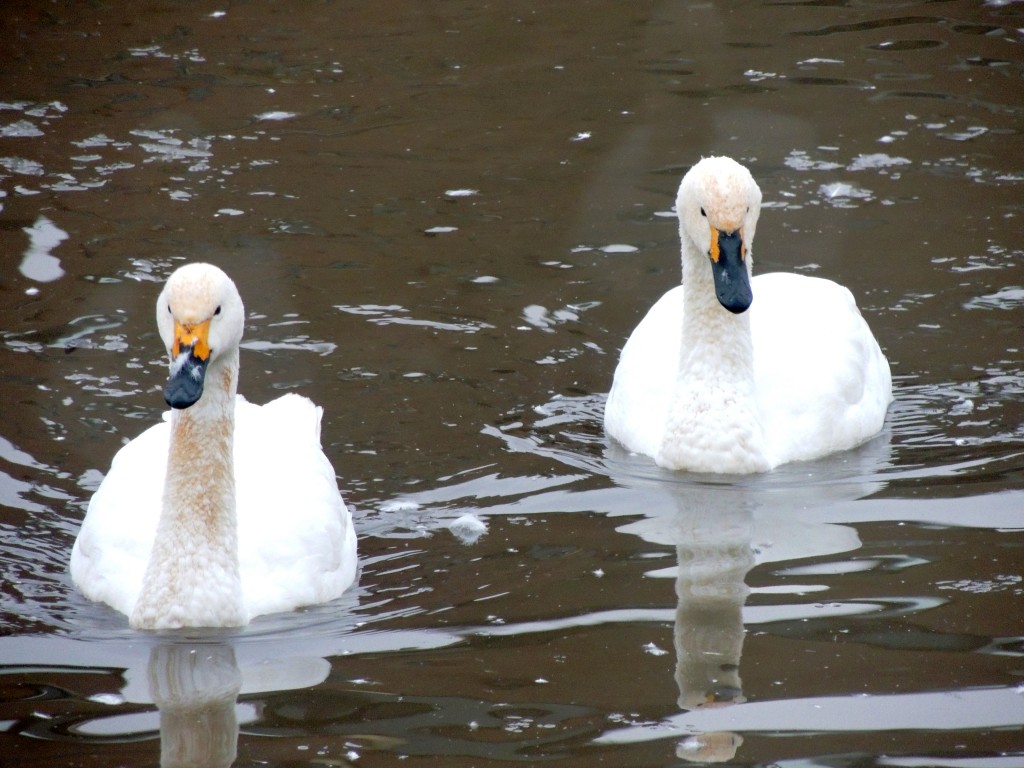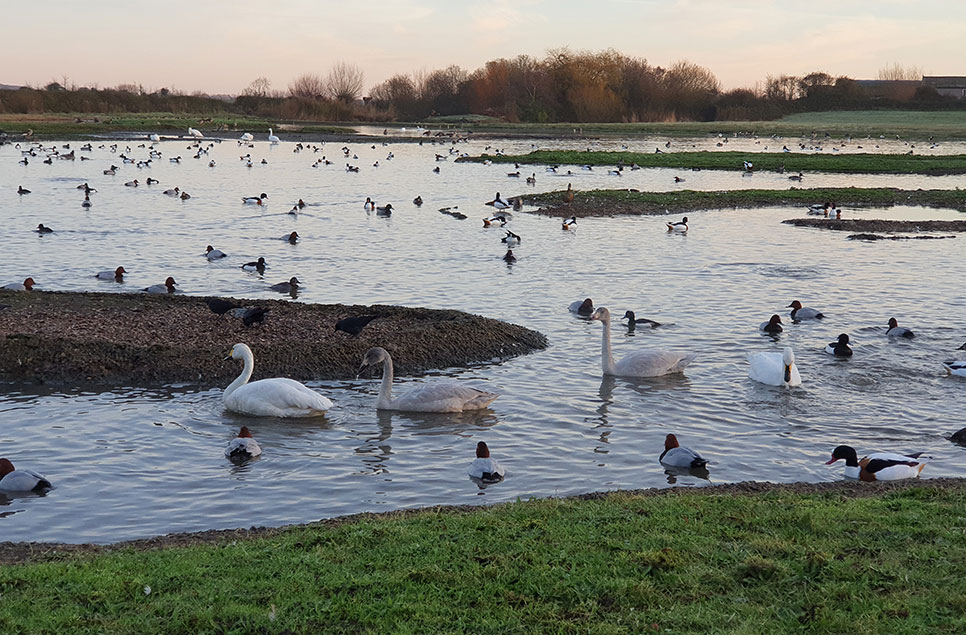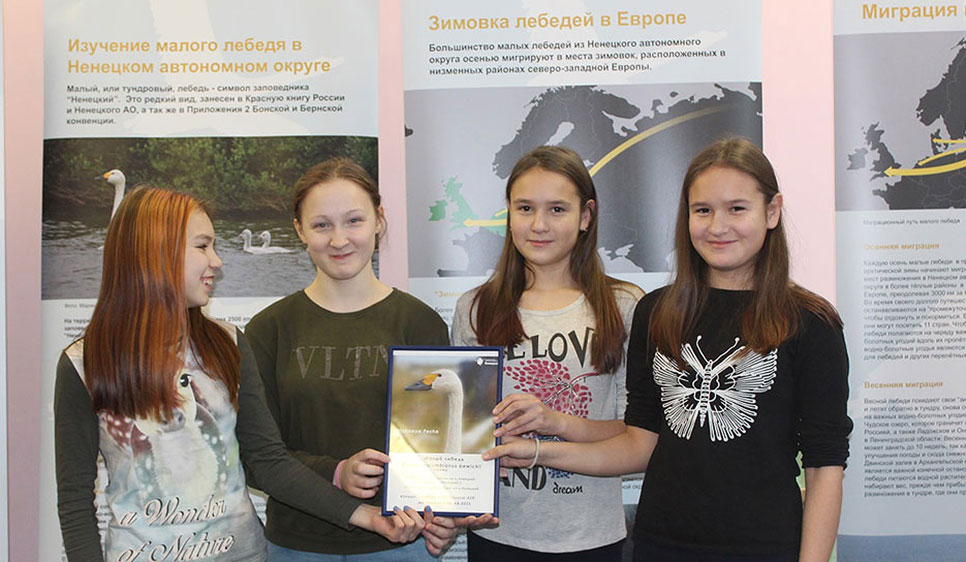Hello Riddler!

Slimbridge faithful, Riddler, has made it back for his 24th winter!
In the autumn of 1991, Riddler and his two siblings followed his parents, Oranges and Apples, from where they hatched in arctic Russia to Slimbridge. He made this long 2,500 mile journey at just three months old!
That same winter, he was caught and ringed (the code on his ring reads YXU) and we have been able to follow his life story ever since. Riddler is known for stopping off in Germany and then Estonia during spring migration, while preferring to spend time in the Netherlands before reaching Britain in the autumn. Over the years, he has been spotted at 46 different wetland sites across four countries!
We know he has had two long-term partners. Between 1998 and 2006 he was paired with Raoulia and then, after spending a couple of years single, he found a new partner called Riddles. It was rather special to see them fly in this morning for their 6th year together.
Numbers are now steadily building in the UK, with 19 recorded at Slimbridge this morning and around 70 now settling in at Welney and elsewhere on the Ouse Washes in Norfolk.
And as the autumn progresses, our transmitter birds are nearing British shores. Hope (turquoise line on map below) is on the brink of leaving Estonia, Lech (pink line) remains on fishponds in southern Poland, Eileen (dark blue line) is edging her way through Denmark while Andres (green line) has flown from Denmark to the Netherlands, where he is just one short hop away from Norfolk as the swan flies.... GPS tracking enables us to follow the swans migration routes and strategies in great detail while also allowing us to assess certain risks they may face on their journey. As they leave the Dutch coast to cross the sea to Britain, we will be watching their tracks closely to see whether they fly close to or through areas earmarked for off-shore wind farm development.
The swans will be encountering a number of threats as they travel through northern Europe on their journey to reach us. Hope, Lech, Eileen and Andres will also have to skilfully navigate around power lines. Power lines and other cables can cause injury and death by electrocution and from colliding with the wires. They may also cause negative impacts on habitat and feeding behaviour. In Britain, collision with power lines and other man-made structures were found to account for 22% of swan deaths between 1951 and 1989 according to a study led by WWT’s Animal Health Officer Martin Brown.
Swans may be particularly susceptible to this risk as they have big bodies and are less able to quickly change course to avoid collision. After this study, WWT started to work closely with electricity companies to help assess the risk of power lines to swans and geese and advise on best mitigation methods. Methods used to reduce collision risk include fitting diverters to power lines to increase the visual presence of a wire. WWT will be continuing this important work as part of its programme to reduce avoidable mortality pressures on this rapidly declining swan population.


